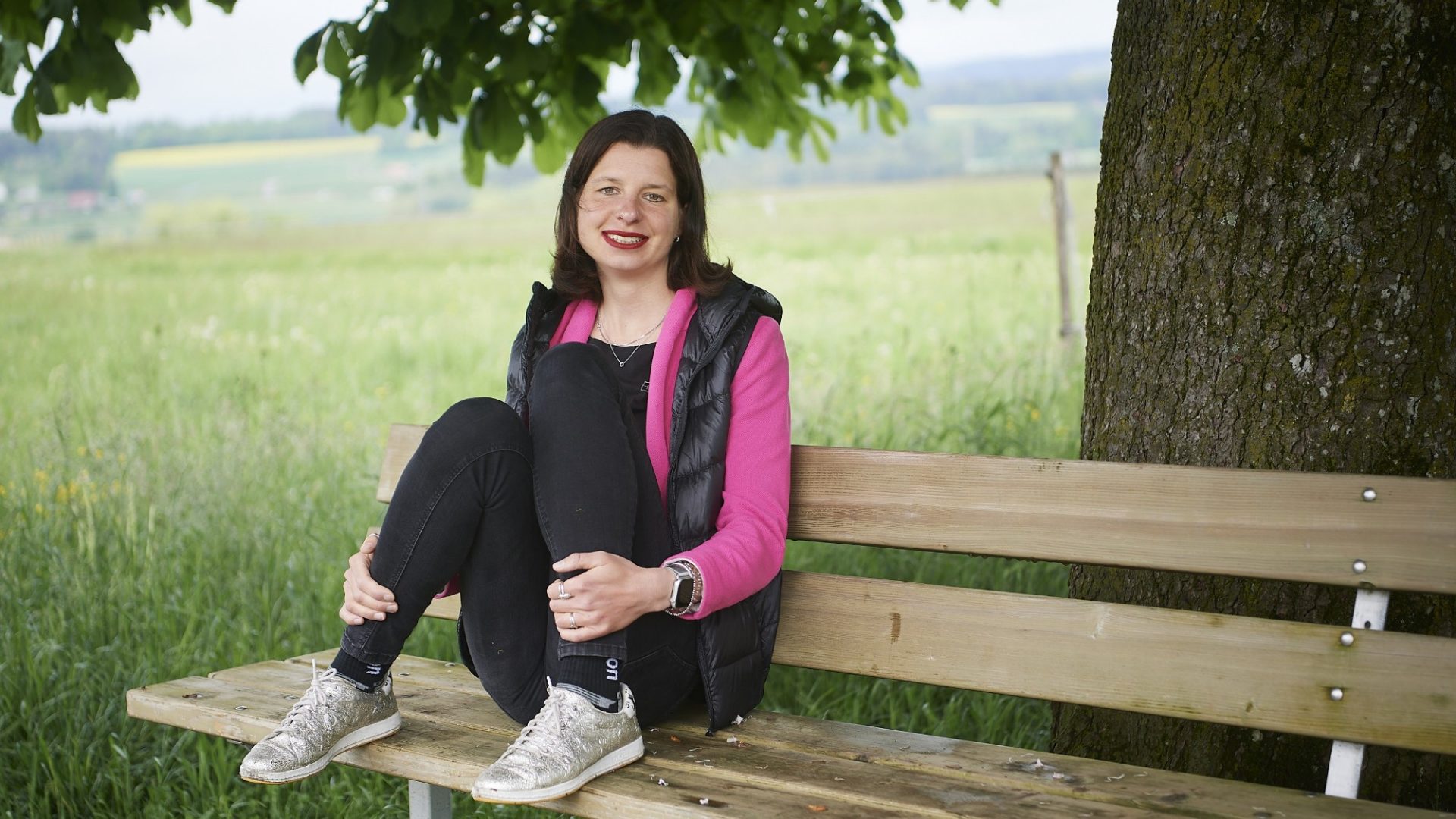-
Learning to handle AI
26.07.2023 | Melanie FreiSophie Hundertmark is a chatbot expert and assisted Florian Nägele and his team in introducing Helvetia’s “new” Clara chatbot featuring ChatGPT. In this interview, the two tell of their fascination with chatbots and talk about the initial results of the experiment.

Learning to handle AI

Sophie, you are working on chatbots and the use of artificial intelligence. What do you find so interesting about your area of research?
My first experience of this topic was when it was suggested to me as a subject for my master’s thesis. I quickly discovered that these technologies have the potential to inspire people, so I stuck with the topic. What’s more, the progress being made is amazing. We can already conduct dialogues with AI that feel absolutely natural.
Where do you see the greatest potential for the use of AI?
I’m convinced that we will soon see big steps forward in the automation of customer dialogues. And, at insurance companies, also in claims notification and identifying fraud. At the same time, there are many different areas of application within the company. These are often overlooked in the current debate around AI. For example, a chatbot could be used to answer enquiries sent to HR. AI can be highly effective in other areas as well. For instance, it can generate diagnoses based on the symptoms input. In fact, AI can access far more knowledge than a single doctor possibly could. By the same token, this is a prime example of the dangers of using AI – a layperson like me would probably just believe the AI-generated diagnosis, whereas a specialist in the field would be able to weigh it up and verify it.
Is that also a danger encountered in our experiment – that people simply believe what Clara says?
Sure. With the first chatbots, we as users noticed the limitations fairly quickly. Most of the answers provided by the latest generation of chatbots appear convincing.
You said in a recent interview that 80 percent of enquiries directed to service providers could be automated. Can you predict when that will be?
If progress continues at the current pace, in two to three years. Helvetia needed only one month to expand its Clara chatbot. So, imagine what would be possible in 12 months. Perhaps, in a year’s time, Clara will already be making product recommendations.
What do you say to those who fear losing their jobs to AI?
At the moment, AI is primarily relieving the work burden on employees. And that in itself brings advantages, for example shorter waiting times for callers. Of course, in the medium term, work will shift to AI. We may then have employees training an AI application rather than a new colleague.
In March, Elon Musk, Apple co-founder Steve Wozniak and numerous other experts called for a moratorium on AI research. Do you believe a pause is necessary?
They are demanding a moratorium to give human beings a chance to catch up with the progress made in this area. I think a rigid rule of this kind is problematic. But it is true that the experts must ensure society is fully on board for this journey. We have to learn to handle artificial intelligence. In this regard, AI is like Wikipedia: a good thing if you are able to evaluate the information it provides.
Florian Nägele
Helvetia is using ChatGPT
Since late March, Helvetia has been deploying ChatGPT technology in direct contacts with its customers. Chatbot Clara uses it to answer insurance and pension enquiries. In doing so, Clara accesses information available on the Helvetia website. That means Clara is simply reproducing content that can also be found online. The new service was clearly labelled a public experiment, meaning that, together with its customers, Helvetia is researching the possibilities and limitations of ChatGPT. It is also important to ascertain users’ levels of acceptance of an AI service – after all, one of Helvetia’s aims is to distinguish itself from the competition with its ease of access for customers.
What sort of questions is Clara being asked? Florian Nägele, Head Conversational & Marketing Automation, explains: “Users often ask about the benefits of different products and cover modules.” Then there is a second category of users: ones whose main concern is to test the limits of the technology. These people ask Clara philosophical questions, for instance, or pose arithmetical problems.
The chatbot team has also made another discovery. Users have high expectations of a chatbot that employs artificial intelligence. As Florian Nägele puts it: “People expect more of AI than when they search for information using Google. They formulate their questions in the same way they would if they were engaging with a human expert.” But he says that it is quite logical that people are still experimenting with their use of the technology. “We’re used to using calculators and calculating machines. ChatGPT is a language engine and the results it delivers are different.”
Incidentally, Helvetia’s ChatGPT experiment has met with great interest from all sides. It was even the subject of a report on Swiss television news.
